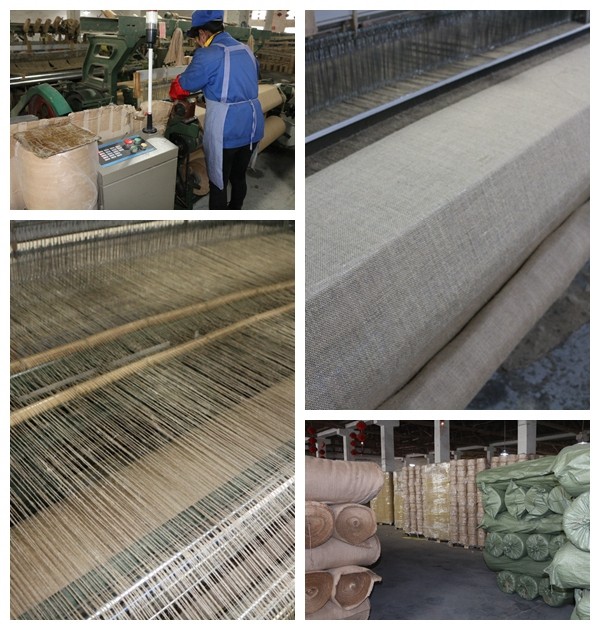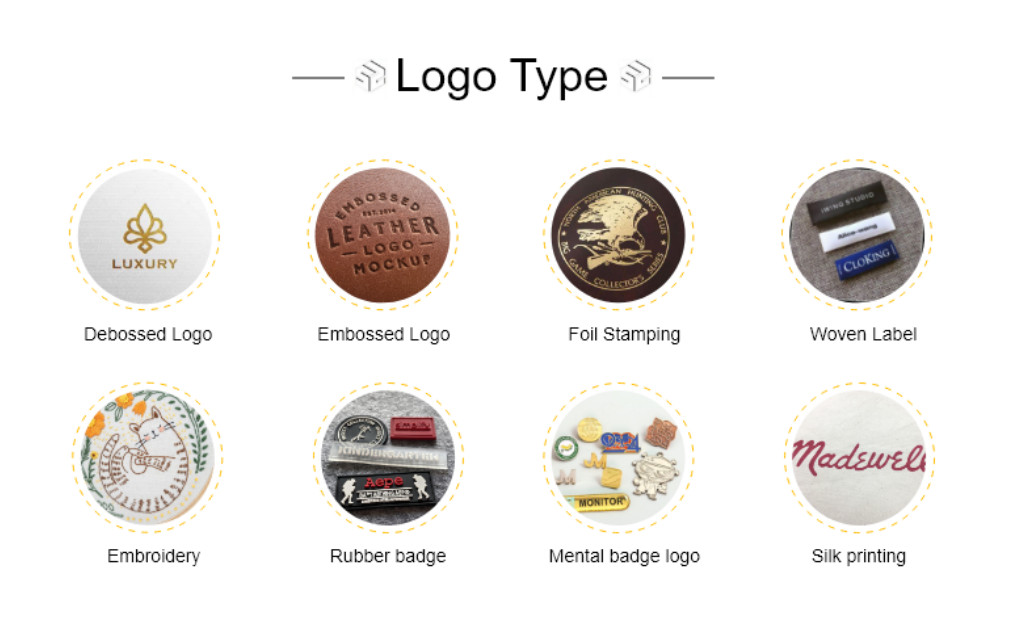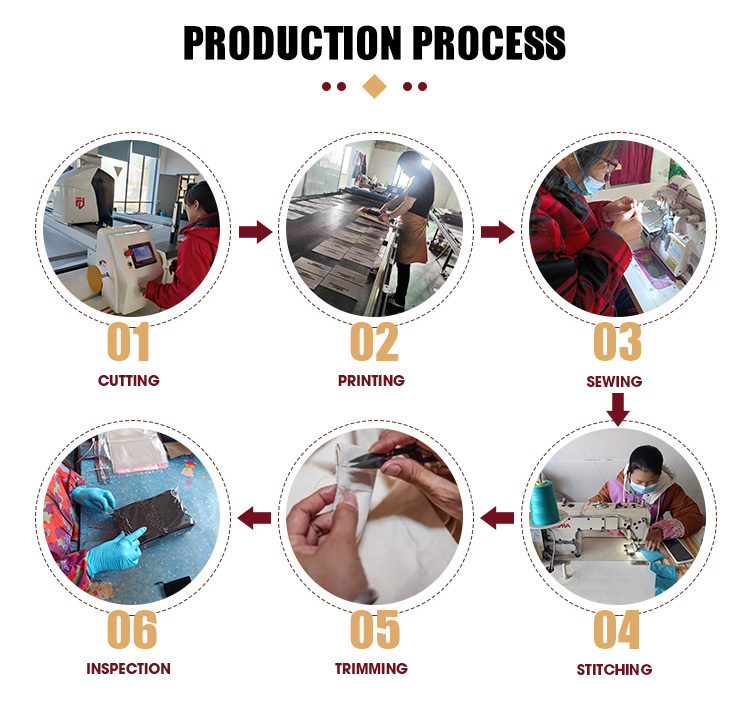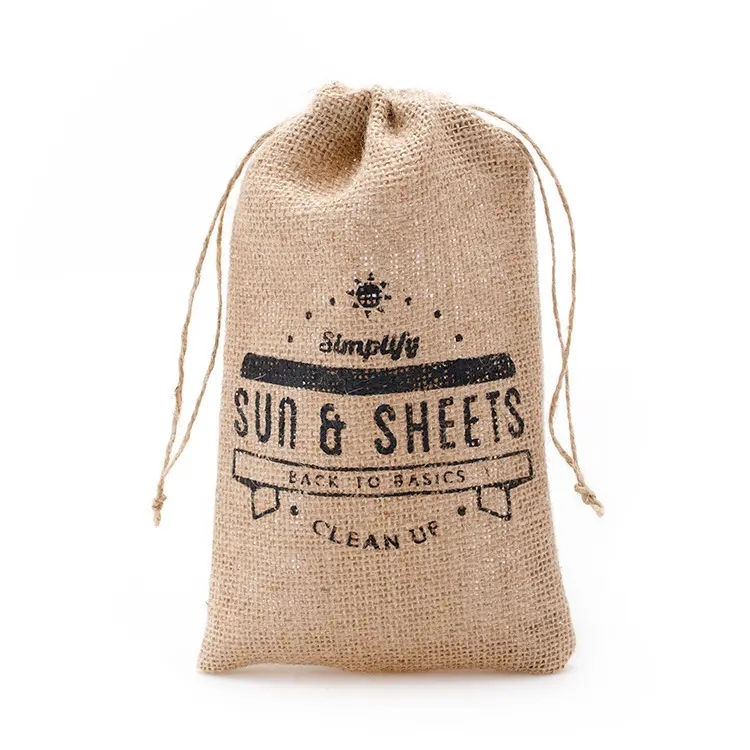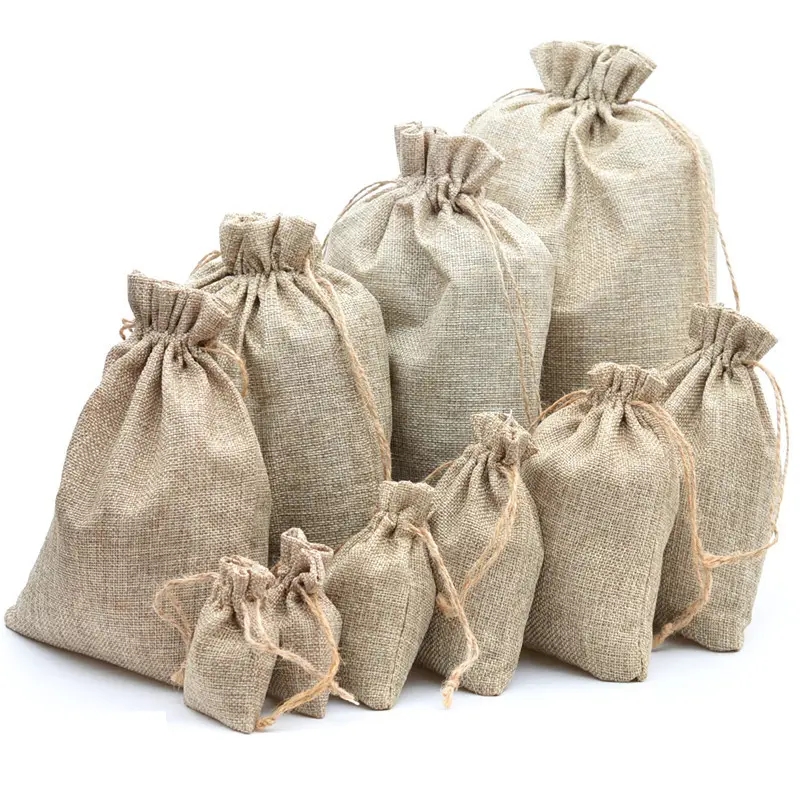Jute Sacks: A Sustainable Choice for Responsible Packaging
Introduction: In the pursuit of a more sustainable world, industries are rethinking every facet of their operations, including packaging solutions. Jute sacks have emerged as a frontrunner in this endeavor, celebrated for their eco-friendliness, strength, and versatility. Crafted from natural jute fibers, these sacks offer a harmonious blend of functionality and environmental responsibility. This article delves into the exceptional attributes of jute sacks, emphasizing their biodegradability, durability, and contribution to a greener planet.
Eco-Friendly Elegance: Jute sacks shine as a beacon of sustainability. Composed entirely of plant-based jute fibers, these sacks biodegrade naturally without leaving harmful traces behind. This eco-conscious feature aligns with the global effort to combat plastic pollution and embrace materials that tread lightly on the earth.
Strength Beyond Compare: The resilience of jute fibers translates into sacks with unparalleled strength. These sacks can confidently bear heavy loads while preserving their structural integrity. Whether safeguarding fragile agricultural produce or industrial equipment, jute sacks exemplify reliability in packaging.
Adaptability Amplified: Jute sacks break the mold with their versatility. Their natural breathability ensures proper air circulation, making them ideal for goods requiring ventilation. Simultaneously, their robustness makes them suitable for diverse applications, from agriculture to heavy industry, showcasing their adaptability.
Balancing Sustainability and Affordability: Jute sacks strike a delicate balance between cost-effectiveness and ecological sensitivity. Their economic advantage over synthetic alternatives makes them an attractive option for businesses seeking budget-friendly yet environmentally responsible choices. Furthermore, the cultivation and processing of jute demand fewer chemicals, reducing their carbon footprint.
A Cycle of Renewal: Jute sacks epitomize the concept of a circular economy through their recyclability. Beyond their initial use, they find new purpose through recycling and repurposing, minimizing waste and maximizing resource utilization. This ethos underscores the jute industry’s commitment to sustainability.
Conclusion: Towards a Greener Future: Jute sacks encapsulate the evolution towards responsible packaging solutions, encapsulating durability, versatility, and ecological stewardship. Their biodegradability, innate strength, and potential for recycling position them as catalysts for change in an era where conscious choices are paramount. As industries embrace eco-conscious practices, jute sacks stand tall as a symbol of progress, lighting the way towards a more harmonious coexistence between commerce and conservation.


